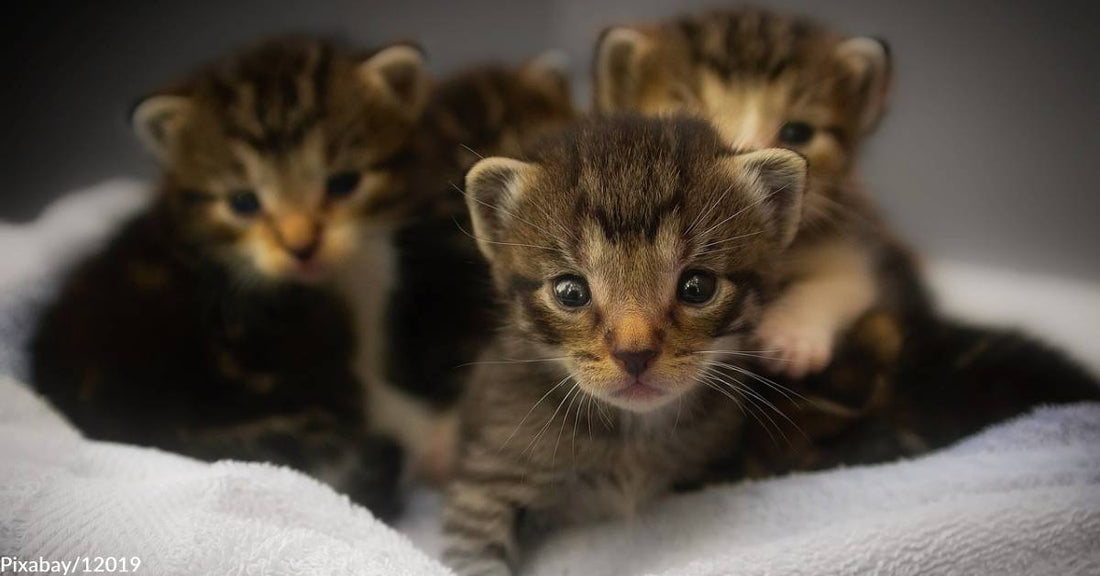7th Annual Holiday Toy & Book Event Help make the holidays brighter this year!
Kitten Season is Almost Here, and It's Not Such a Great Thing Unless You Want to Adopt
Rebecca West
Whenever we hear the word "season" attached to a phrase, it infers that something is coming. Perhaps it's sweater season, denoting cold weather is here or on the way. Or maybe it's salad season in warmer summer months or stew and chili season in the fall. We often look forward to these changes of "season," but not all of them are necessarily welcome. Take kitten season. Not only does it sound innocuous enough, but it conjures up images of sweet, playful furballs clumsily pouncing and clawing at bits of string or yarn.
Unfortunately, kitten season in animal rescue parlance means an influx of unplanned and, in most cases, unwanted kittens as a result of a lack of spay and neutering among pets and stray cat populations. It is also an overwhelming time of year for shelters and rescues across the country as they grapple with the surrenders and mass drop-offs of countless mewling tater tots with their eyes barely open. But are cats actually born in higher numbers in the spring?
Spring is Kitten Season
The answer is yes. Heat cycles for female cats are regulated by the weather, according to MeoowzResQ. Since most cats go into heat around January and February, come April, there are suddenly far more pregnant cats giving birth to kittens. And, yes, kittens can be born year-round. However, the vast majority are born beginning in late March or early April, peaking in late spring, early summer and ending in the fall. It's during those months that shelters all across the country are flooded with unwanted kittens.
Curtailing Kitten Season
So what can you, as a concerned animal advocate, do about it? For starters, if you have cats, make sure they're fixed. If you're aware of strays in your neighborhood that may not be fixed, get a non-lethal trap and take the cat or cats in to have them spayed or neutered at a clinic. Many of them focus on procedures like this and vaccinations rather than a full-service facility offering a broader range of care.
If you're aware of a feral cat colony, contact the local trap and release program in your area and supply them with the location of the colony and when they're most apt to be congregating. These programs are commonly known as TNRs (trap, neuter, release or return), and nearly every county has one due to the problems they all regularly face. While not an immediate cure or fix for the problem, the hope is to slowly reduce populations over time. To date, it appears to gradually be working in communities across the globe.
Helping Local Animal Shelters
The long and the short of it is if you find a mama cat in need with a litter to feed, consult the shelters/rescues in your neck of the woods before just scooping them all up and dropping them off. They may have recommendations or suggestions specific to their particular situation that would be better for everyone involved, including the putty tats you're trying so desperately to help.




